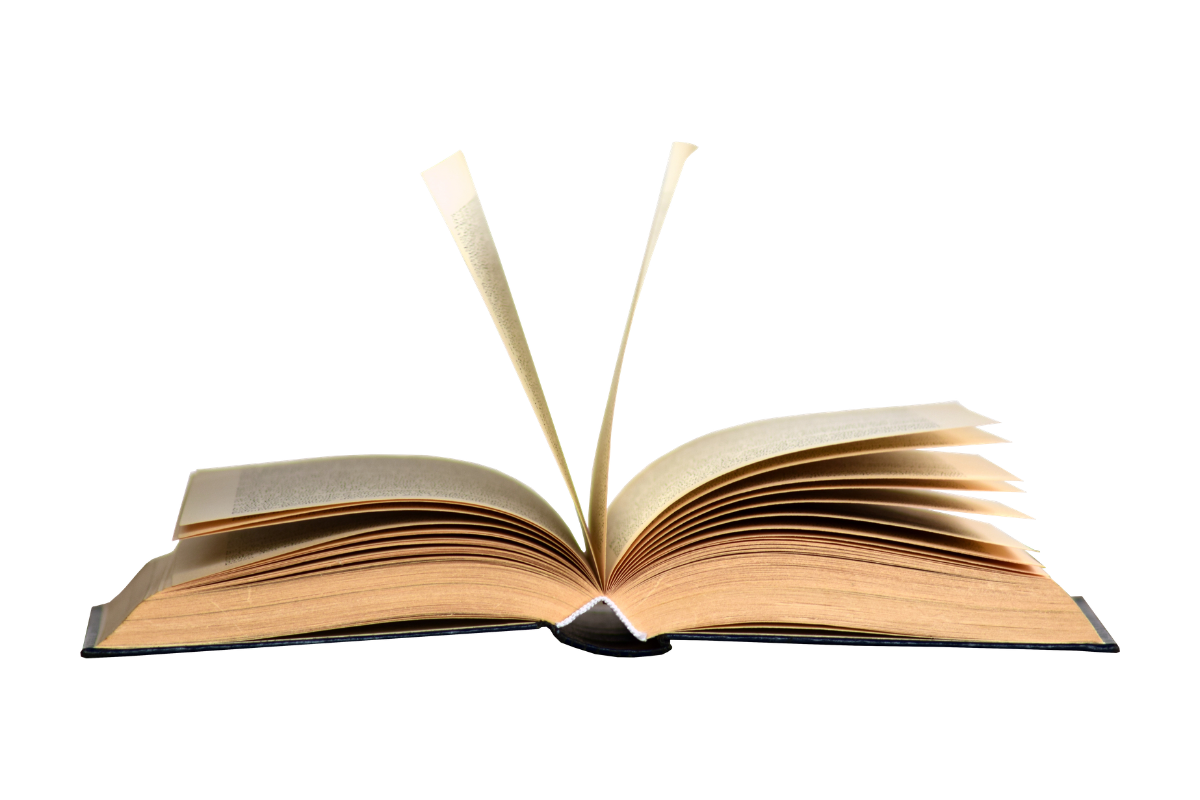When it comes to criminal trials, there are many factors at play that can impact the outcome. From the evidence presented to the lawyers arguing the case, every aspect of the trial can have a significant impact on the verdict. In his book, The Run of His Life, Jeffrey Toobin takes a deep dive into the trial of O.J. Simpson, one of the most high-profile criminal trials in American history, to provide readers with a fascinating look at the inner workings of the criminal justice system.
In this article, we’ll review Toobin’s book and explore the different aspects of a criminal trial, from the pre-trial motions to the verdict. By the end of this article, you’ll have a better understanding of the anatomy of a criminal trial and how it all comes together.
Pre-Trial Motions
Before a criminal trial even begins, there are a number of pre-trial motions that must be addressed. These can include motions to suppress evidence, motions for change of venue, and motions to dismiss the case altogether. The purpose of these motions is to ensure that the trial is conducted fairly and that the defendant’s rights are protected.
One of the most important pre-trial motions is the motion to suppress evidence. This motion is typically filed by the defense and argues that certain evidence should not be allowed at trial because it was obtained illegally or in violation of the defendant’s rights. If the judge grants the motion, the evidence in question will be excluded from the trial.
Another important pre-trial motion is the motion for change of venue. This motion is filed when the defense believes that the defendant cannot receive a fair trial in the jurisdiction where the case is being heard. If the judge grants the motion, the trial will be moved to a different location.
Jury Selection
Once the pre-trial motions have been addressed, the next step is jury selection. This is a critical part of the trial, as the jury will ultimately decide the defendant’s fate. During jury selection, both the prosecution and the defense will have the opportunity to question potential jurors to determine if they have any biases or prejudices that could impact their ability to fairly evaluate the evidence.
Opening Statements
After the jury has been selected, the trial officially begins with opening statements. During this phase, the prosecution and the defense will present their case to the jury. The prosecution will lay out their argument and present evidence to support it, while the defense will challenge the prosecution’s case and present their own evidence.
Witness Testimony
Once the opening statements have been made, the trial moves into the witness testimony phase. During this phase, witnesses are called to the stand to give their account of the events in question. The prosecution will typically call witnesses to support their case, while the defense will call witnesses to challenge the prosecution’s case.
Cross-Examination
After a witness has given their testimony, they are subject to cross-examination by the opposing side. This is an opportunity for the defense to challenge the witness’s testimony and point out any inconsistencies or biases.
Closing Arguments
Once all of the witness testimony has been heard, both the prosecution and the defense will make their closing arguments. This is their final opportunity to persuade the jury to side with their respective arguments. The prosecution will summarize their case and remind the jury of the evidence presented, while the defense will summarize their case and challenge the prosecution’s argument.
Jury Deliberation and Verdict
After the closing arguments have been made, the jury will be sent to deliberate. During this phase, they will review the evidence presented and weigh the arguments made by both sides. Once the jury has reached a verdict, they will return to the courtroom and announce their decision.
Conclusion
Criminal trials are complex and multifaceted, with many different factors at play that can impact the outcome. In his book, The Run of His Life, Jeffrey Toobin provides readers with a fascinating look at one of the most high-profile criminal trials in American history. By understanding the different phases of a criminal trial, from pre-trial motions to the jury verdict, you can gain a better appreciation for the inner workings of the criminal justice system. Whether you’re a law student, a legal professional, or simply someone interested in the law, The Run of His Life is a must-read book that provides valuable insights into the anatomy of a criminal trial.



